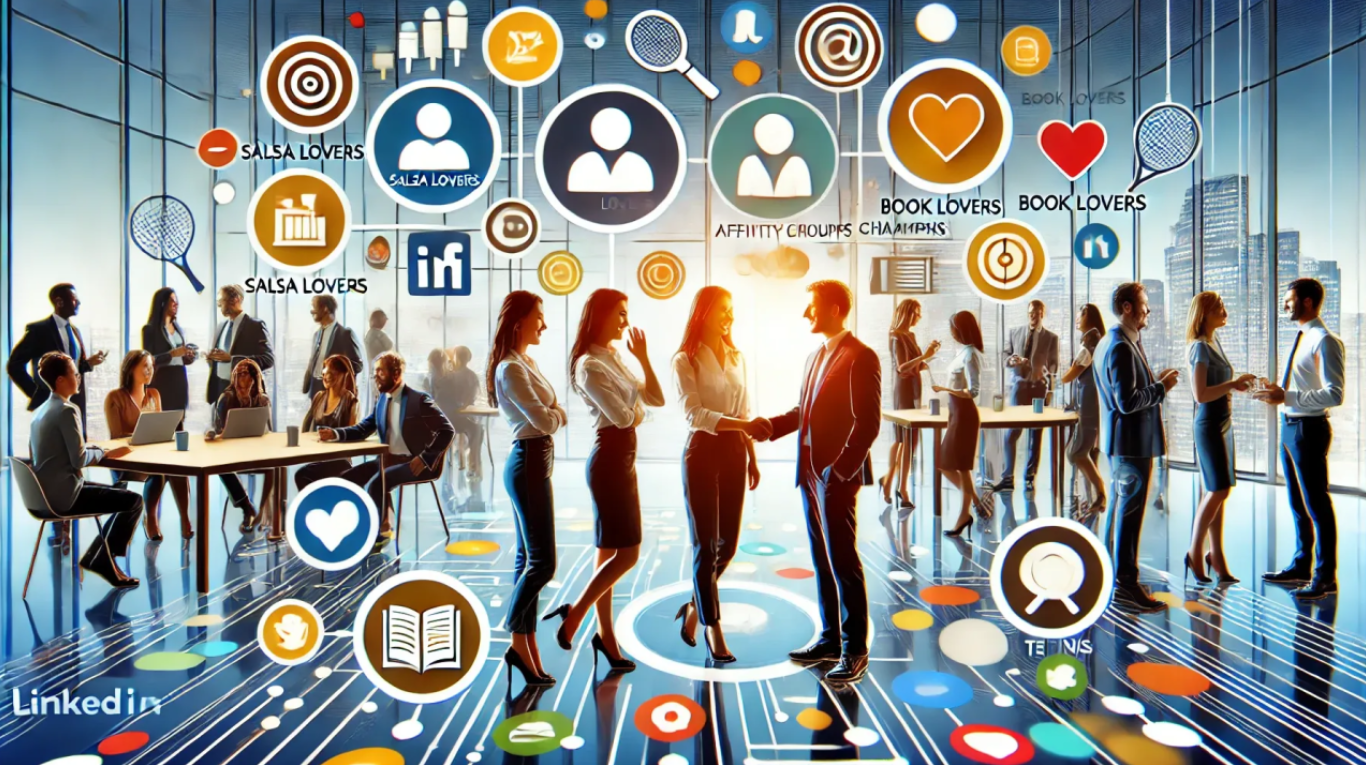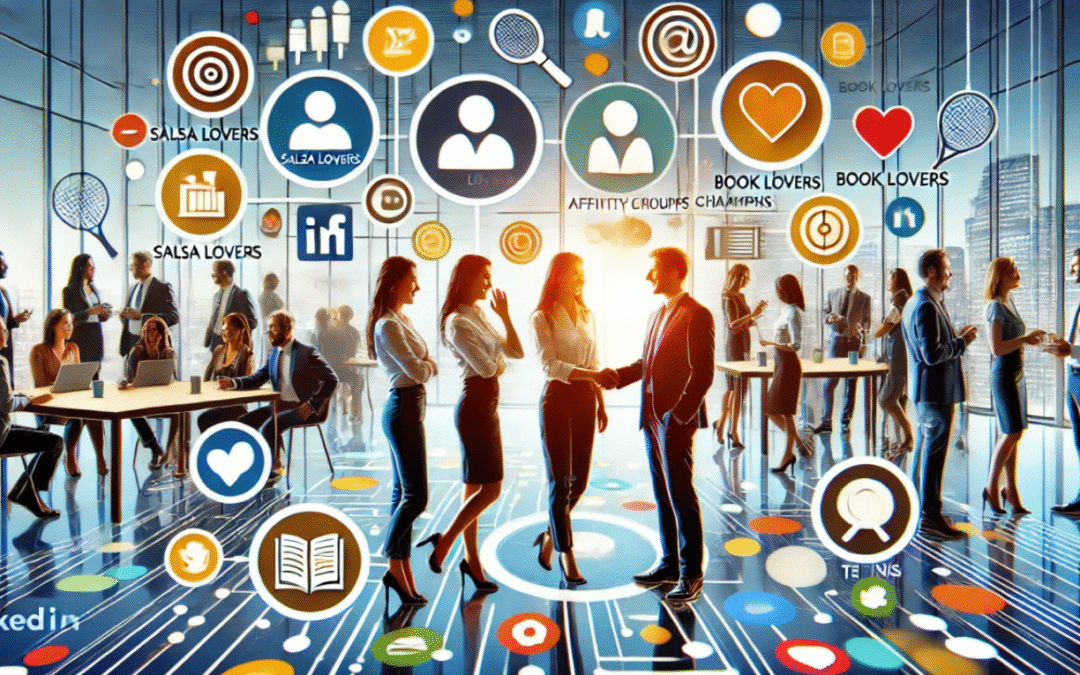
The Future of Corporate Culture, Salsa Lovers, and Pet Parents: A human-centered approach to employee engagement.
Think about it. The mother of a veteran can offer invaluable insights to a Veteran ERG. So does a military spouse or the child of a servicemember, even if they haven’t served themselves.
For ERGs to succeed in the long run, they must create space for intersectional connections. These connections will, in turn, help create community, foster belonging, and bring people together across the entire organization, strengthening their corporate culture.
1- ERGs as Social Objects: Jyri Engestrom’s concept refers to an “object”—tangible or not—that creates a human connection between two people because it creates meaning, gives purpose, and fosters community. ERGs can be social objects that bring the employee base together, provide a true sense of belonging, and give them purpose while strengthening the company’s culture.
2- Embracing a Multidimensional Workforce: Today’s workforce must be considered beyond demographics. It is about understanding employees as multidimensional, including their interests, experiences, and perspectives. It is going beyond gender, race, ethnicity or disability status and leveraging the connections employees can have based on common intersectional areas of life they share that the power of real inclusion can propel a corporate culture forward. ERGs should evolve to reflect this complexity. Instead of viewing employees solely through the lens of their demographic identities, we should tap into the shared life experiences that bring people together across different backgrounds and create community among them.
This approach is not about erasing existing communities but about enriching them with new perspectives. By broadening the scope of ERGs to include diverse viewpoints and experiences, companies can create a culture that is more inclusive and representative of the consumers they serve and, thus, more productive and valuable from the shareholders’ perspective.

